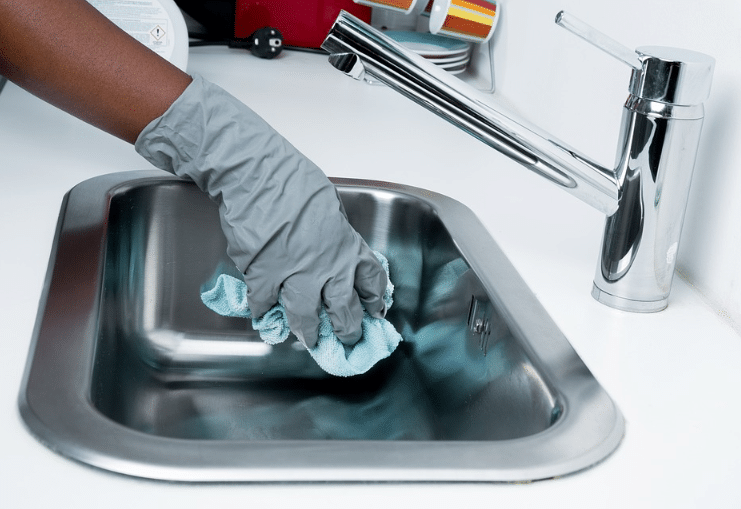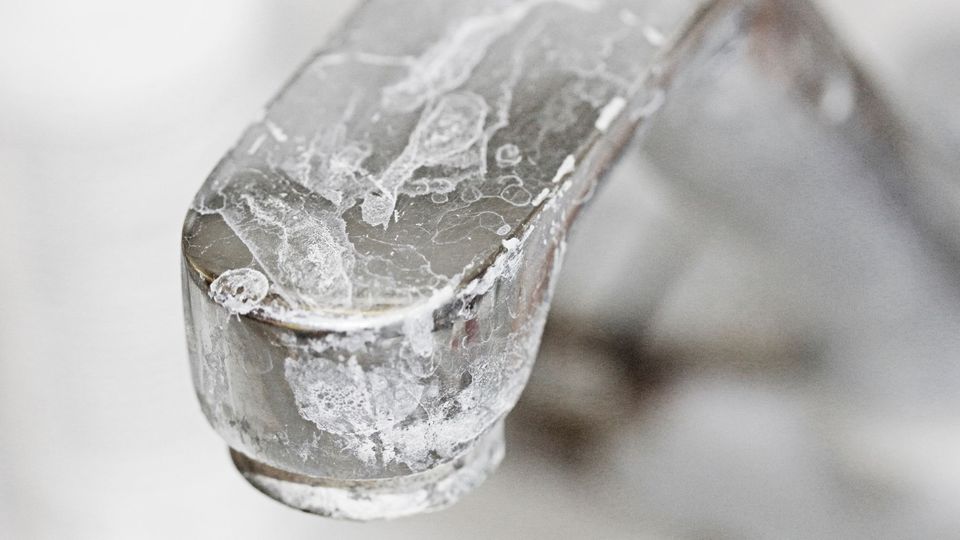Wondering how to clean stainless steel without ending up with scratches and corrosion? It is true that between dirt, dust, splashes of food and grease or fingerprints, the slightest everyday gesture can make it lose all its shine. And we suspect that a very abrasive detergent is not necessarily the solution for taps, household appliances (fridge, oven, hood, etc.) or even the splashback and kitchen worktop. So, what maintenance products should you use to ultimately clean and shine stainless steel? Grandma goes over some tips and all the economical and ecological multi-use cleaning products that will help you out!
1) Never use to clean stainless steel
By wanting to add shine, you can damage this coating, which is more fragile than it appears. Also better avoid using accessories that could scratch it : scouring pads, scraper, powder, etc. To polish and shine stainless steel, grandmother recommends in a pinch the papier journal rubbed gently in circular movements! Furthermore, pay attention to products that can attack the protective layer of stainless steel. This is the case for bleach or anti-limescale products which are very acidic. Forget all acidic products in favor of soft natural products and a microfiber cloth. In case of error, rinse the product in question with plenty of water as quickly as possible to limit corrosion.

2) Use soapy water or silver stone
Sometimes the simplest things are the best! Soap is a gentle product that will degrease without damaging. The whole thing is choose the right soap and combine it with hot water in order to dissolve dirt well. So use hot soapy water (black soap, Marseille soap or dishwashing liquid) and rub the stainless steel with a clean cloth. Then dry quickly with a soft dry cloth and finish by polishing in the direction of the grain of the stainless steel for added shine. If you have silver stone or clay stone, you can use it in the same way on your stainless steel sink, your household appliances or on your kitchen splashback!
3) White vinegar on limescale which tarnishes stainless steel
When stainless steel is exposed to water, it can quickly become covered with white lime deposits that are sometimes very resistant to elbow grease. In this case, it is better to rely on white vinegar. This eco-friendly cleaning product is an unbeatable natural anti-limescale product that will restore shine to a stainless steel kitchen. However, you will need to be careful: do not use it pure so that it does not attack the stainless steel when cleaning! Dilute it in water and proceed as explained earlier for soapy water. It will be perfect!

4) Lemon and household oil or alcohol to clean, sanitize and bring shine to the stainless steel
A little lemon juice and oil? It looks like the start of a vinaigrette recipe! However, this little mixture is excellent for bringing infinite shine to stainless steel while removing fingerprints. In addition, lemon is an excellent antibacterial. It will therefore allow you to obtain healthier cuisine in the process. To clean, shine and disinfect your work surface stainless steel, you can also use household alcohol. A few drops of water and this alcohol on a cloth will do the trick here. And no need to rinse with this cleaning product!
5) Bicarbonate, Meudon white or flour for gentle ecological cleaning
Baking soda, Meudon white and flour are powders gentle enough for regular maintenance. The bicarbonate can be carefully diluted in water. Then use a sponge soaked inbicarbonated water to remove dirt. Concerning Meudon white, you can simply apply a little to a previously dampened microfiber cloth. Then gently scrub all stainless steel surfaces in the kitchen or bathroom and wipe with another soft dry cloth. Finally, using flour (or talcum powder) is an unusual tip, but very well known for the gentle cleaning and polishing of stainless steel. Sprinkle it on the surface to be cleaned before using the damp sponge or sprinkle it directly on the damp sponge.

6) There is a cleaner for every stain:
Grease or oil stains: They can be removed with a degreasing dishwashing liquid or window cleaner.
Stubborn limescale marks: Use a few drops of dishwasher rinse aid and lukewarm water. Very effective!
Black spots on stainless steel: Mix a tablespoon of glycerin (very important ingredient here), three drops of oil and a drop of black soap. Rub with your sponge until you no longer see any black marks. Then polish with a dry cloth.


